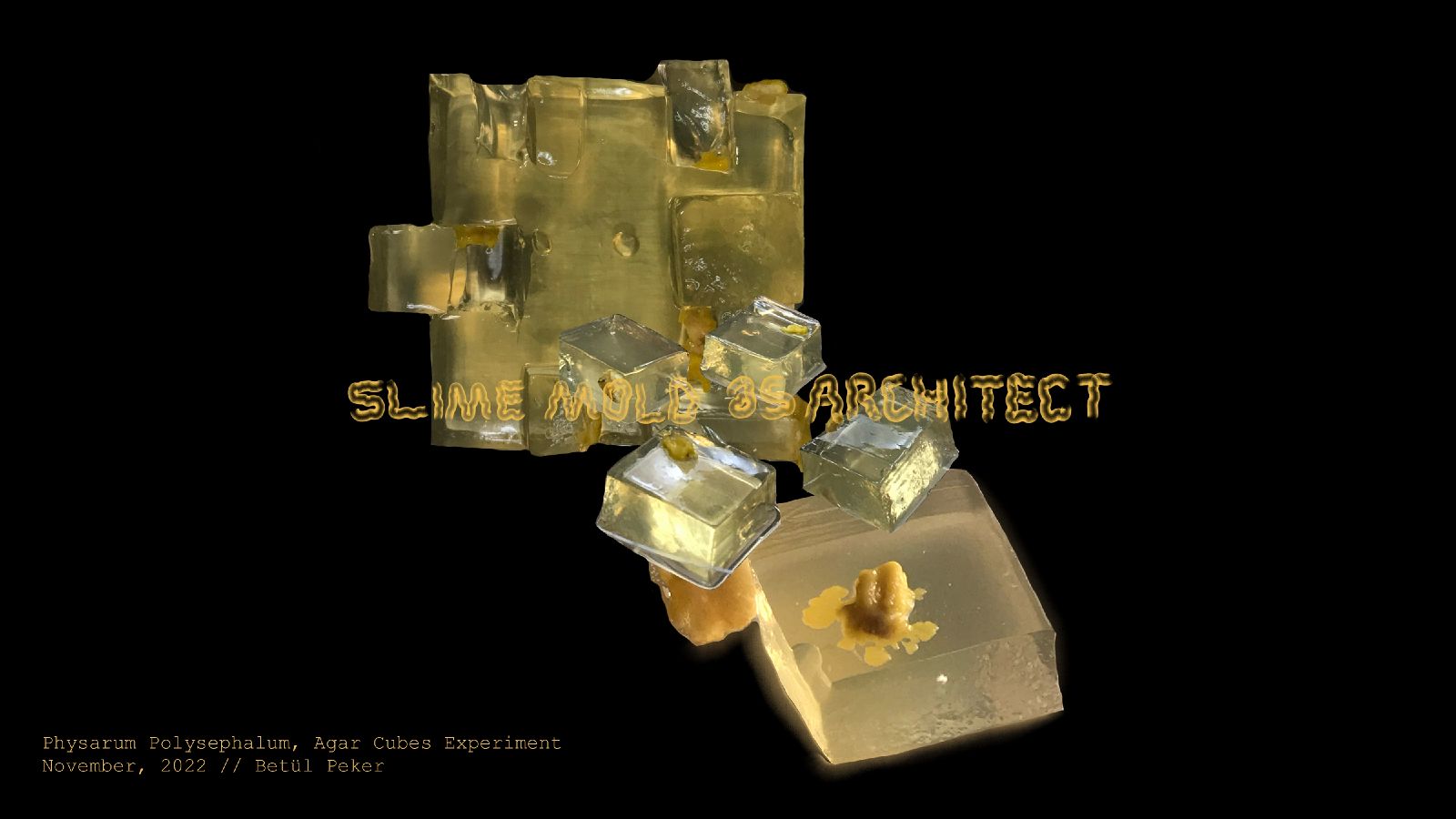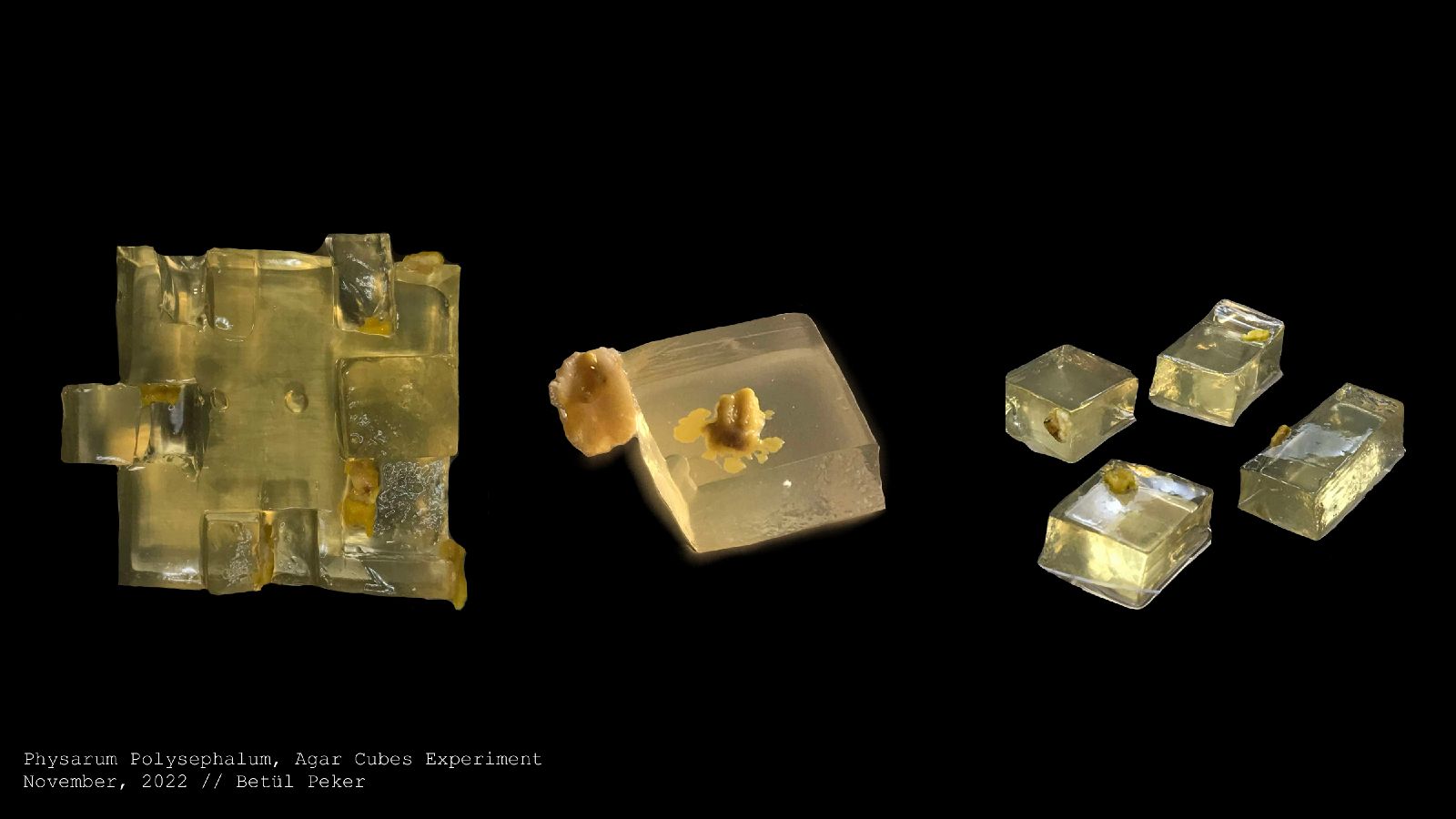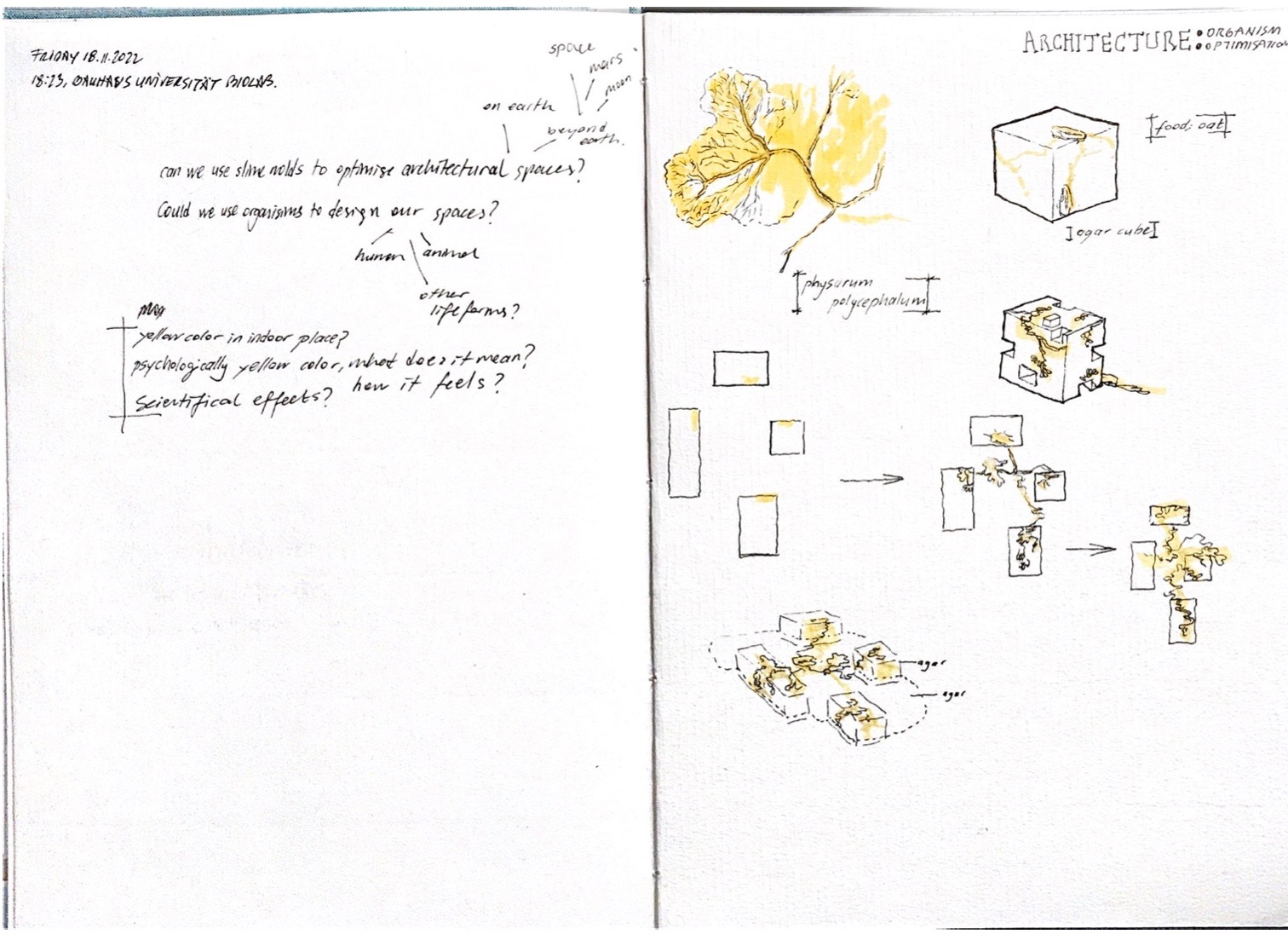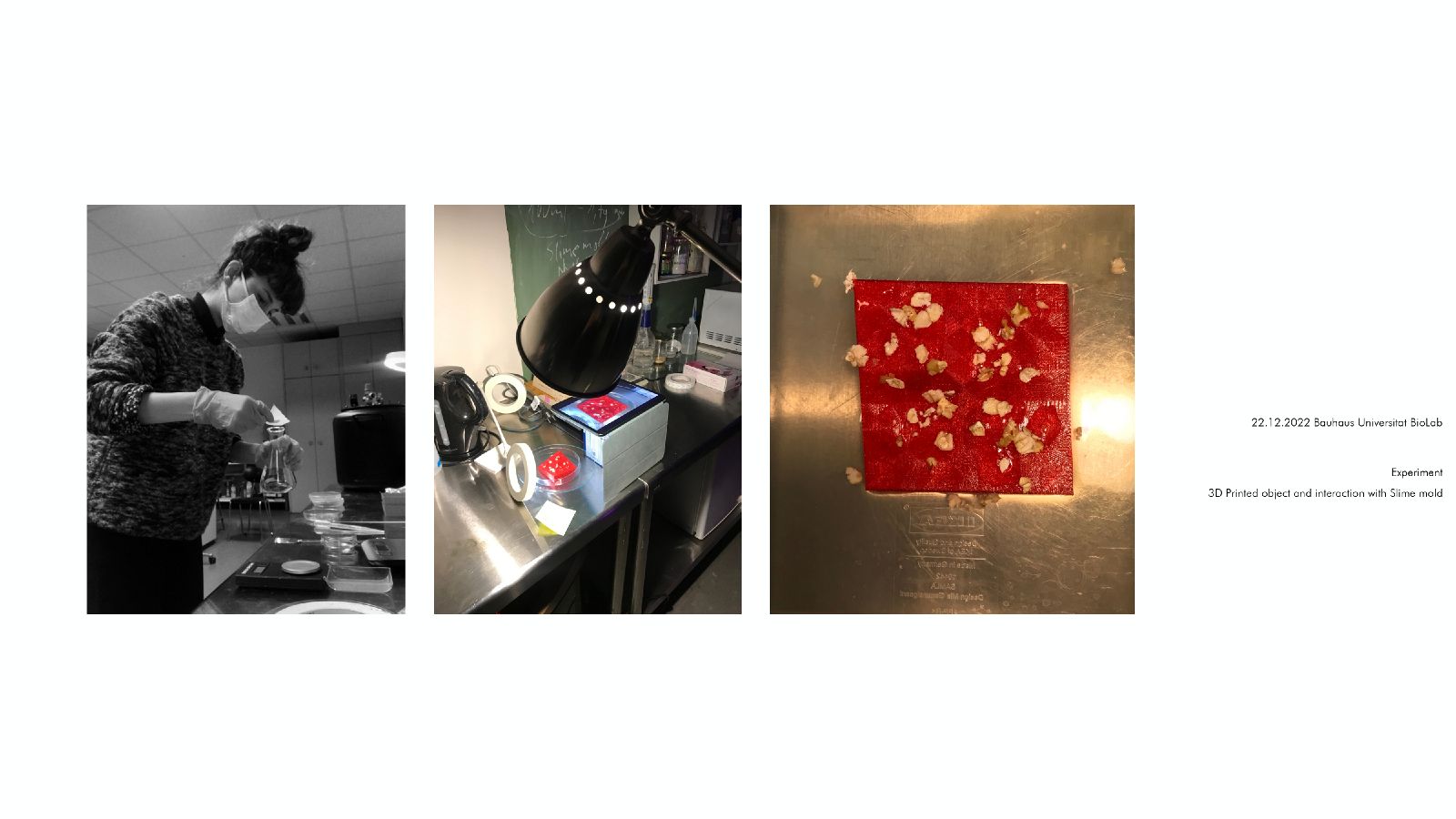Betulpeker (talk | contribs) No edit summary |
Betulpeker (talk | contribs) No edit summary |
||
| Line 10: | Line 10: | ||
Experiments: | Experiments: | ||
*[[Growing Microbial Cellulose ]] | |||
1. Growing Microbial Cellulose | 1. Growing Microbial Cellulose | ||
Revision as of 16:43, 23 January 2023
Initial Thoughts and Materials Regarding Sustainable Aesthetics
Experiments:
1. Growing Microbial Cellulose
Developing Experimental Sustainable Art Materials and Ways for Art, Design, and Architecture
As the Anthropocene unfolds, artists, designers, and architects must develop new ways to coexist and live a more sustainable lifestyle within harmony. Throughout this project, the aim of the project is to explore how experimental materials can positively affect art and design practice and how they can benefit not only the artist or architect but also the environment in which they are implemented. In the end, I am planning to use all my experimental materials for my potential artwork. artistic interest is to explore the aesthetic potential of microbial cellulose (MB) and to consider its philosophical implications with regard to leaking, and growing. Along the way, this project will help to improve my DIY cultivating techniques.
1- Growing Microbial Cellulose
- Exploring the potential of dried Scoby as artistic material. - Examining the paperish - leatherish textures
+Slime Mold as an Architect // Sustainable Aesthetics // 2022 WiSe Project
3D Printer Experiement (with 7x7cm tile, test for the 3d printed model)
Mediator: Architecture, drawing practice
Agency: Physarum polycephalum
The project aims to examine the behaviour of physarum polycephalum and utilise its conscious and continuous movement.
In the project, firstly, cube and rectangle forms which are made by agar used to observe how slime mold reacts to different shapes.
In the second phase of the project, the slime mold's movement will be used to create an experimental 2D architectural drawing and this drawing will be the base of the 3D printed structure. In this case, until a relatively certain point, slime mold gives a decision about how the plan and 3D printed piece will look like.
The main idea of the project is to take physarum polycephalum as a possibility to create an experimental architectural structure. The project also speculatively aimed to give space to physarum polycephalum to live in, just like how humans live in dwellings. As known physarum polycephalum cells prefer to live on upright structures, like tree branches and plants, also they tend to grow upward until the food source is reached. They leave behind a trail of dead cells as they travel. As they grow, they could become bigger and bigger.
When we consider the history of architecture, we could see that architecture is human-centric and gives an answer to human needs. Also, human being has a tendency to welcome "attractive" parts of nature in their life in indoor and outdoor spaces. They do this by creating solutions for building a relationship between nature and human-made structures. But what if we think about giving a place for living organisms to maintain their life and use architecture as a tool for them? This project speculatively approaches "architectural solutions" for physarum polycephalum and considers them as a "resident".
References
https://www.wired.com/2010/01/slime-mold-grows-network-just-like-tokyo-rail-system/
https://www.theresaschubert.com/works/somniferous-observatory/
https://www.designboom.com/design/living-screens-slime-mould-iaac-11-01-2017/
https://www.takashikuribayashi.com/works?lightbox=image_2185
https://www.ribaj.com/culture/reseaux-mondes-centre-pompidou-paris-ecologicstudio-slime-mould
Model References;









